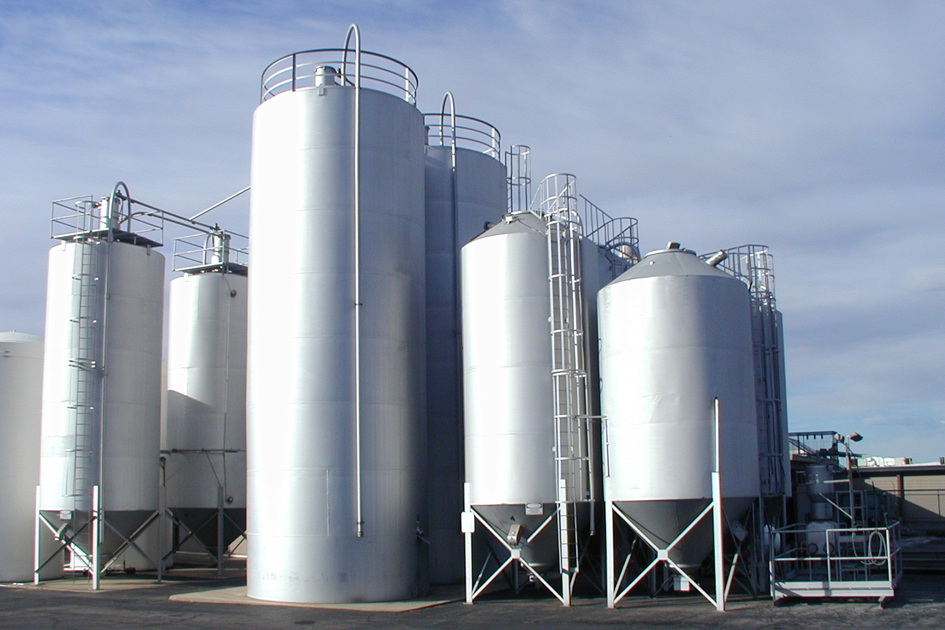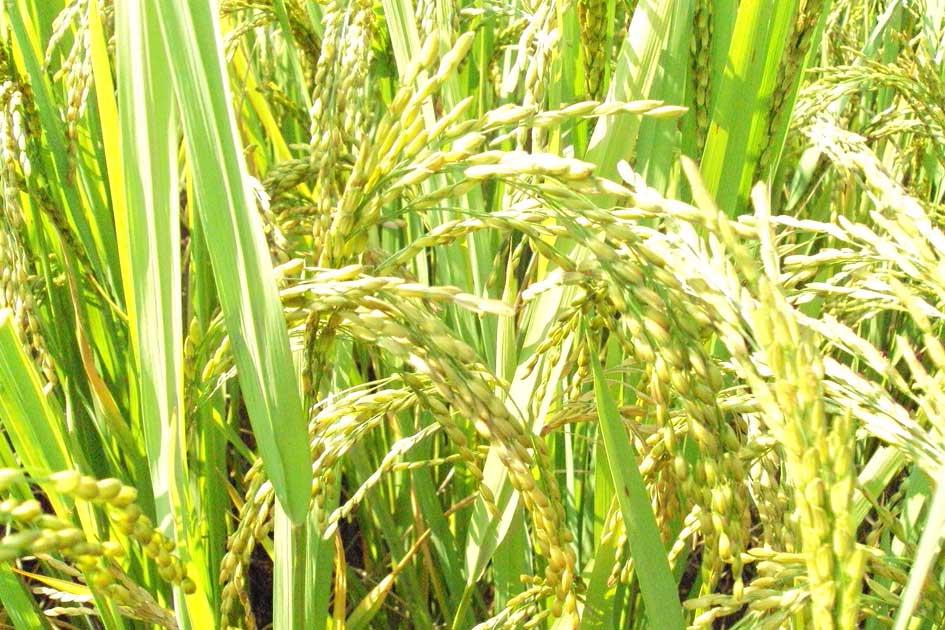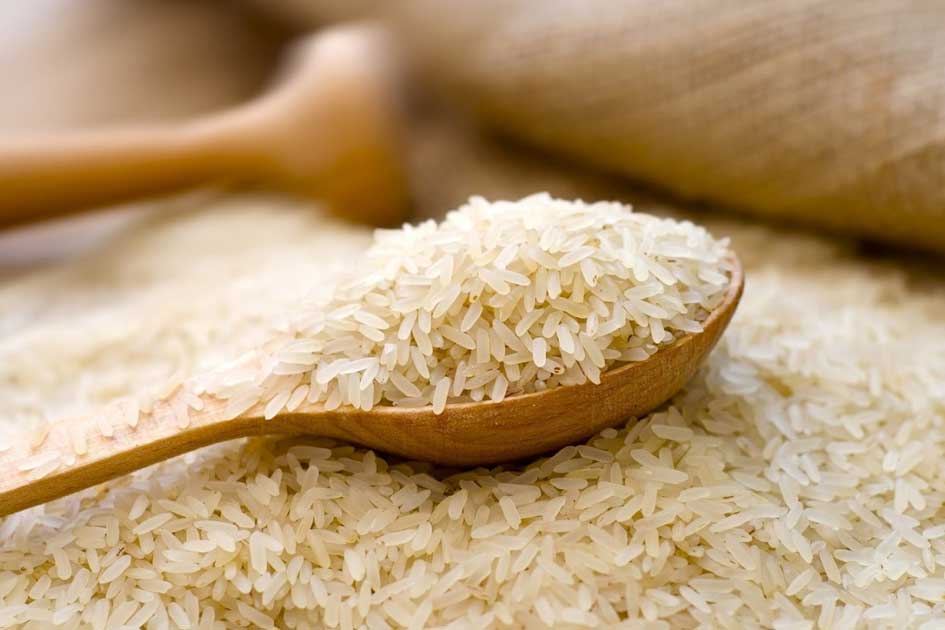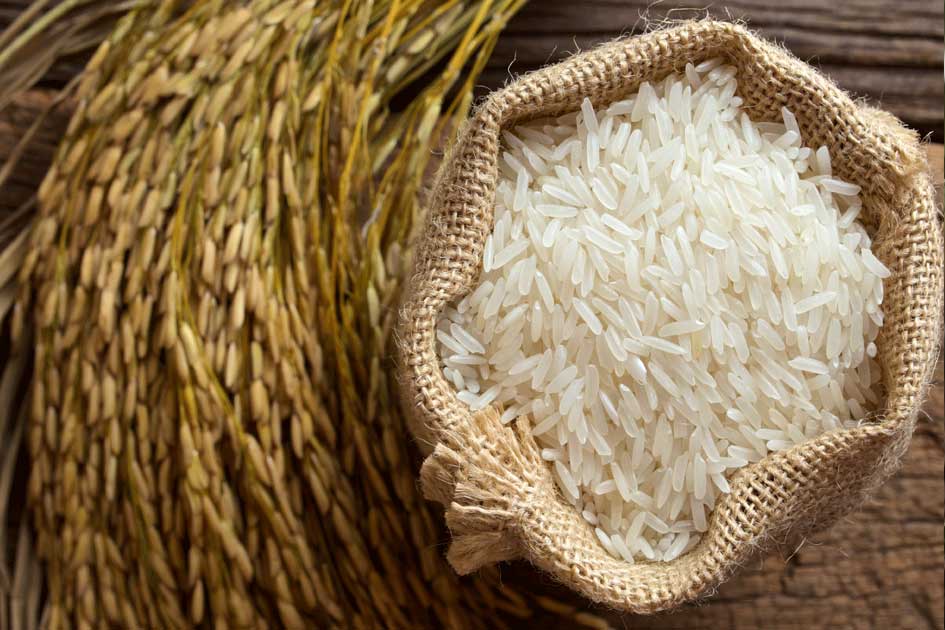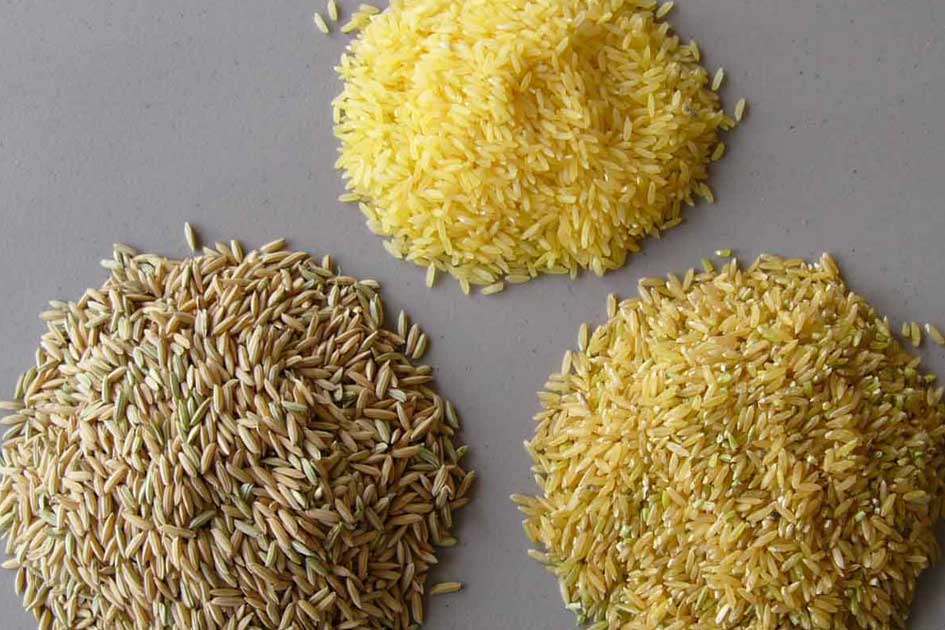Out of the many ways of storing food, metal silos prove to be the most efficient and effective. Customized Silos enable farmers to store and protect their grain from being spoiled by rain and pest infestation. Usually considered as an expensive form of food storage for small farmers and feasible only for storing large quantities of food, metal silos have also proved useful for storing grains on small scales (less than 1 to 10 tons) in many different places like Swaziland and Bolivia.
Farmers who have stored their harvested crops in silos have seen improved food security, consistency in grain quality, and reduced waste which automatically led to increased agricultural income. Silo for Food Storage Manufacturers in India even provides customized metal silos. The first thing which you should take into account when planning to get a silo customized is that the type and quantity of a crop that it is going to hold. The size, shape, wall thickness, flow direction will all depend on the type and quantity of food that the silo is supposed to store.
Silo for Food Storage
Storage Silo Project Consultant make both individual and group silos with platforms, ladders, and doors as per the need of their customers. These manufacturers use galvanized steel, cement, stainless steel, and aluminum to customize a robust silo which are usually chain-driven.
In addition to manufacturing anti-corrosive silos, companies also provide additional equipment that go in sync with a silo. These includes relief vacuum pressure equipment, dust controlling filter flange, nozzles used for controlling level, etc. When getting a silo customized, make sure that you have the material tested for its FIFO discharge. This is known as ‘functional’ mass flow.
Other than for storing food, a silo is also used for storing a variety of other items such as minerals, pellet materials, and a variety of other liquid substance. Finding Silo for Food Storage Manufacturers in India is of paramount importance as it will ensure smooth running of the silo. Make sure that the company offers end-to-end services and is experienced in designing and installing the silo and following it with organizing the additional equipment.
 MAIL US :
MAIL US :
 CALL US :
>
CALL US :
>
